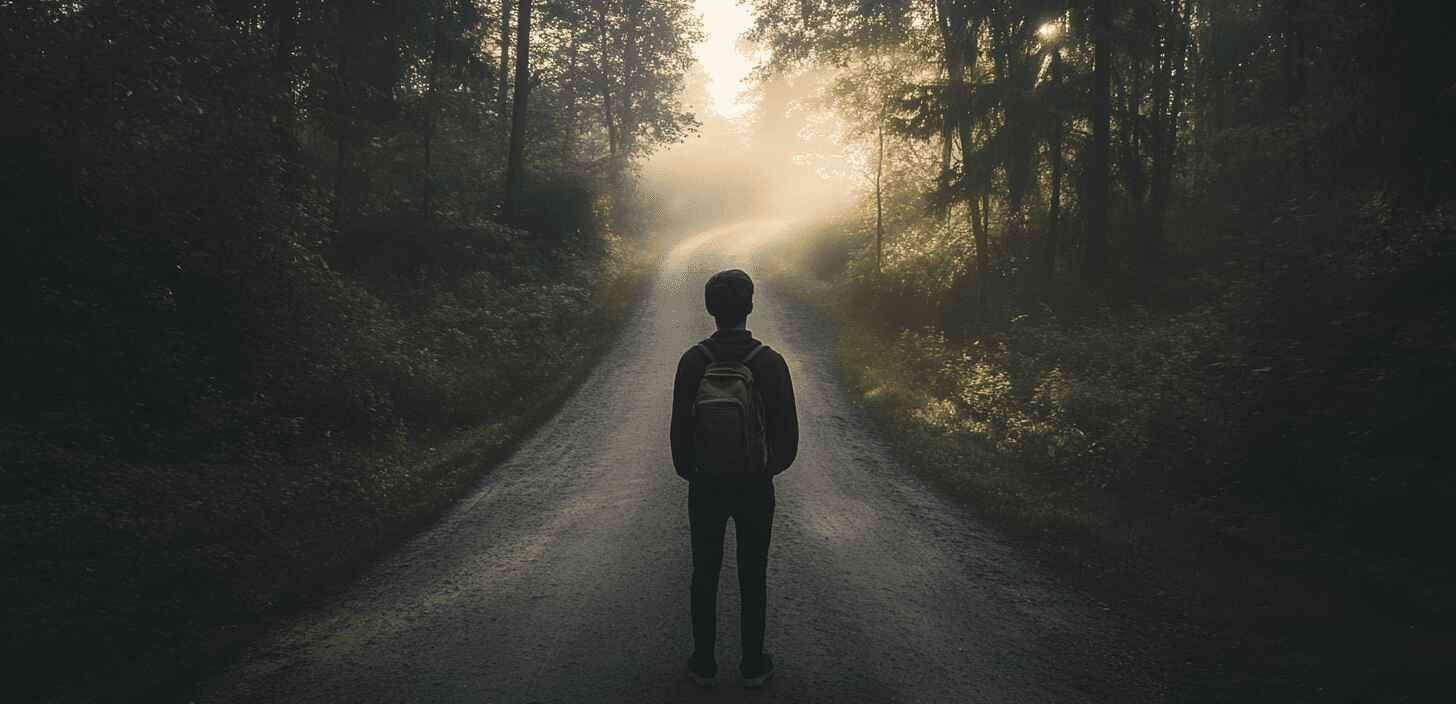The trap of fear and desire is a deeply psychological and spiritual concept that describes how the mind becomes caught in a cycle of seeking pleasure and avoiding pain—leading to suffering, confusion, and the loss of inner freedom. Let’s explore it step by step:
⚖️ 1. Desire: The Pull Toward Pleasure
Desire is the urge to acquire, become, or achieve something that promises happiness or satisfaction.
- We desire success, love, fame, money, pleasure, status.
- The mind says: “When I get that, I will be happy.”
- But satisfaction is temporary; once one desire is fulfilled, another arises.
- This creates a chase—endless, exhausting, and never truly fulfilling.
🌀 Trap: You become dependent on external conditions for happiness.
⚖️ What’s Natural and Okay?
🔹 Desire that doesn’t create dependency
- Wanting good health, friendship, creative expression, peace—these are natural.
- Example: “I’d like to write a book.” → Motivating, meaningful.
- It’s okay as long as you don’t feel incomplete without it.
⛓️ 2. Fear: The Push Away from Pain
Fear is the drive to avoid loss, failure, rejection, harm, or discomfort.
- We fear death, loneliness, poverty, embarrassment, failure.
- The mind says: “If I lose this, or if that happens, I’ll suffer.”
- Fear creates resistance, avoidance, anxiety, and even paralysis.
🌀 Trap: You become controlled by what you try to escape.
⚖️ What’s Natural and Okay?
🔹 Fear that protects, not paralyzes
- Fear alerts you to danger (fire, violence, harm). It’s biological.
- It becomes wisdom when you listen, assess, and respond mindfully.
- Example: “I feel fear about this risky situation—let me step back and think clearly.”
👉 Healthy fear and desire are momentary, alert, and don’t rule you.
🔁 3. The Loop: Controlled by the Known
Desire pulls you toward imagined pleasure.
Fear pushes you away from imagined pain.
Both are rooted in the past (memories) and the future (expectations).
- You live in reaction—not in awareness.
- Your thoughts, choices, and behaviors are not free but are programmed.
- You’re constantly trying to become something or protect something.
🌀 Trap: You never rest in the present. You’re always chasing or fleeing.
⛓️ What Causes Suffering?
🔻 Desire that becomes craving or identity
- When your happiness depends on getting or becoming something.
- When you say: “I’ll only be happy when…”
- This creates attachment, anxiety, comparison, and disappointment.
💬 Example: “I must succeed or I’m worthless.” → Now desire is a prison.
🧠 4. How It Controls the Mind
Fear and desire distort perception.
- You don’t see things as they are, but through the lens of “What can I get?” or “What might hurt me?”
- This distortion leads to conflict, attachment, and suffering.
🌀 Trap: You become identified with the “self” that desires and fears—an image, not the real you.
🔻 Fear that becomes avoidance or identity
- When you live to avoid loss, criticism, or uncertainty.
- When fear shapes your personality, keeps you small, and runs your life.
- This leads to procrastination, anxiety disorders, and an inauthentic life.
💬 Example: “I won’t speak up, what if I fail?” → Fear now defines your reality.
🕊️ 5. Freedom From the Trap
Freedom comes with awareness without choice—just observing.
- Watch fear without running.
- Watch desire without grabbing.
- Let thought arise and pass without clinging or resisting.
This doesn’t mean passivity; it means clarity. Action flows from understanding, not from compulsion.
✅ Liberation is not found in controlling life, but in understanding how fear and desire operate—and stepping out of their game.
🧘 Summary
The trap of fear and desire is the mind’s constant struggle to avoid what it fears and chase what it desires—creating a prison of becoming. Freedom lies in choiceless awareness of this movement.
🌱 So How Much is “Okay”?
Healthy desire: Arises and fades. Motivates, but doesn’t control.
Unhealthy desire: Possesses the mind. Creates neediness, comparison, identity.
Healthy fear: Protects, teaches caution.
Unhealthy fear: Limits life. Becomes chronic, vague, or paralyzing.
The line is crossed when:
- You feel incomplete without getting what you want.
- You make decisions based on avoidance of discomfort rather than clarity.
- Your peace is dependent on outcomes or on escaping imagined threats.
- You can’t be in the present moment without leaning toward future gain or loss.




